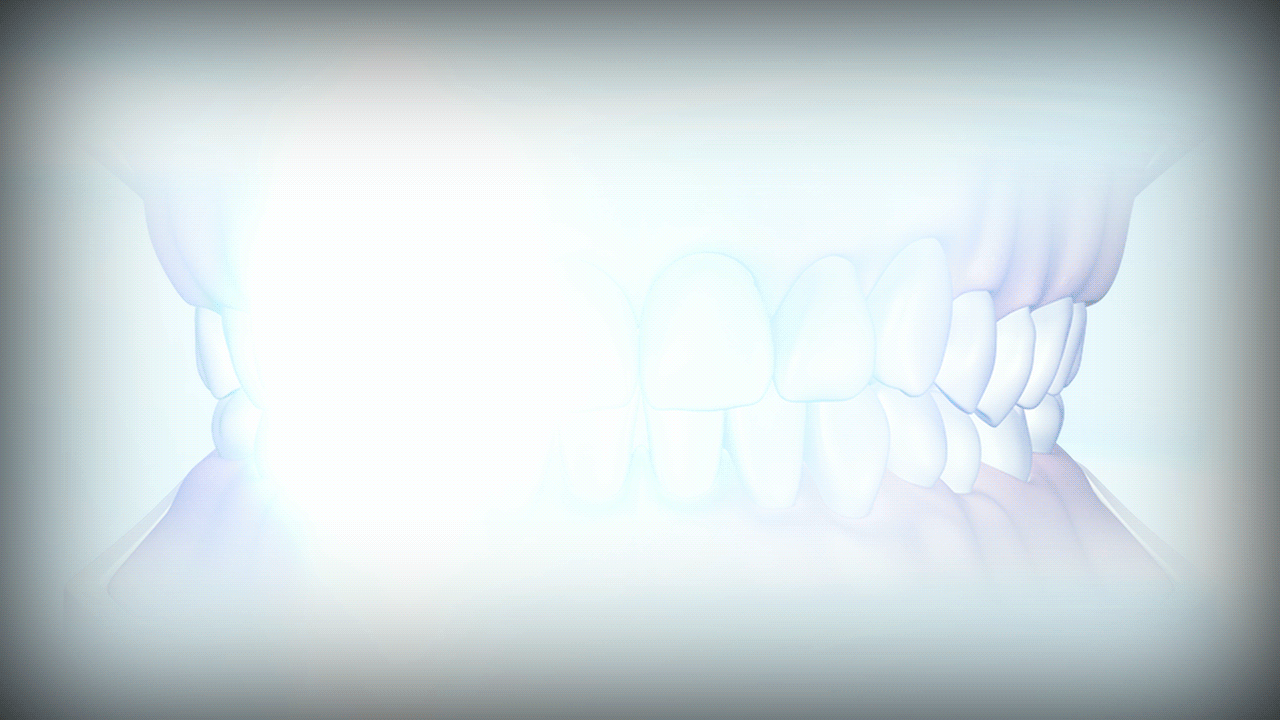Treatment with Braces
What are the potential risks?
Limitations Of Conventional Orthodontic Treatment
Conventional orthodontic techniques predominantly overlook the issues of airway and soft tissue dysfunction, and focus heavily on aligning the teeth without addressing the causative factors. By concentrating on the sequelae of the problem, rather than its cause, these techniques have some significant limitations. Since malocclusion is often a sign of an underlying airway and soft tissue dysfunction, solely focusing on the teeth means the health practitioner fails to address a significant underlying health issue and is limited to a cosmetic intervention.
The main risks and limitations include:
RELAPSE - lifetime retention
"Relapse occurs in up to 90% of cases when retainers are removed." "The only way to ensure continued satisfactory alignment after treatment is through the use of fixed or removable retention for life."Little, R, et al. Vol 93, Issue 5, American Journal of Orthodontics, May 1988
RETAINERS - limited effectiveness
"Occlusal relapse can be expected after orthodontic treatment irrespective of long term use of fixed retainers." Steinnes, J, et al. Vol 151, Issue 6, American Journal of Orthodontics, June 2017.
ROOT DAMAGE - 100%
"100% of cases can expect root resorption of up to 4mm. Darendeliler, A, et al. Vol 139, Issue 5, American Journal of Orthodontics, May 2011.
ENAMEL DAMAGE - increased risk
"When the braces are removed, the surface of the enamel can be permanently damaged." Lovrov, S, et al. Vol 68, Issue 5, Journal of Orofacial Orthopedics, Sep 2007.

EXTRACTIONS - airway collapsibility
"Children with permanent teeth missing due to congenital agenesis or permanent teeth extraction had a smaller oral cavity, known to predispose to the collapse of the upper airway during sleep, and presented with OSA recognised at a later age." Guilleminault, C, et al. Vol 20, Issue 2, Sleep and Breathing, May 2016.

